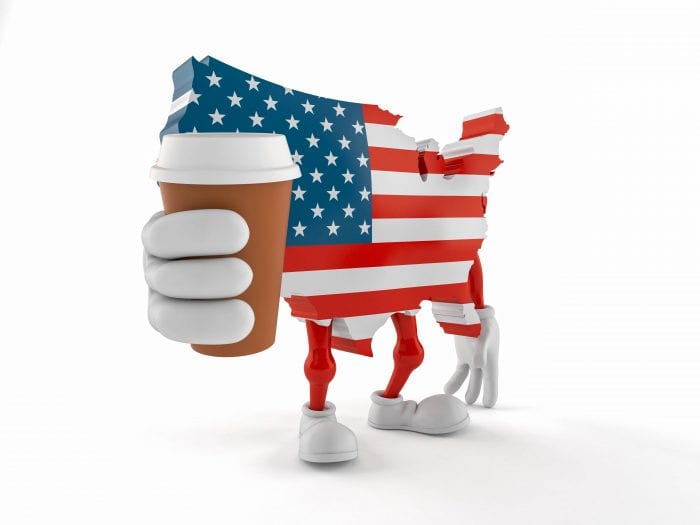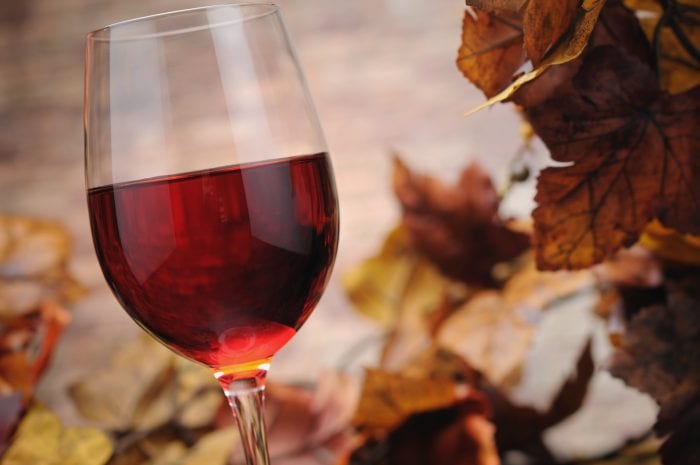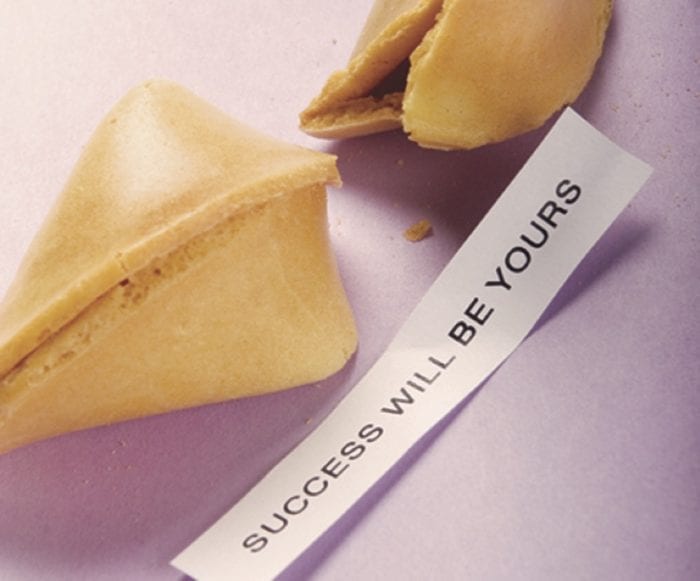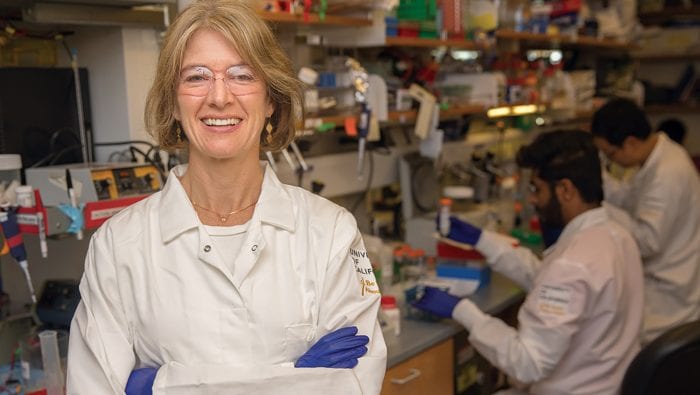By Matthew Kearns, DVM
 I recently had a client from our clinic call who was interested in adopting a cat. The individual our client was adopting the cat from mentioned that she herself had tested positive for COVID-19 and had recovered (the cat never exhibited any symptoms). Our client was concerned that the cat could be an asymptomatic carrier and potentially infect her with COVID if she adopted.
I recently had a client from our clinic call who was interested in adopting a cat. The individual our client was adopting the cat from mentioned that she herself had tested positive for COVID-19 and had recovered (the cat never exhibited any symptoms). Our client was concerned that the cat could be an asymptomatic carrier and potentially infect her with COVID if she adopted.
I would like to be clear: there is no evidence of risk at this time. There are documented cases of both dogs and cats that have tested positive for COVID (some exhibited symptoms), there are no cases that dogs or cats have spread COVID to people. This question got me thinking: what diseases should we be concerned about?
Any infectious disease that can be spread from animals to humans is termed zoonosis (plural zoonoses), or a zoonotic disease. The human population most at risk for zoonotic diseases are young children (under 5 years of age), the elderly (over 65 years of age) and the immunocompromised. This following list of zoonotic diseases is not a complete list, but rather the most common I have seen in dogs and cats.
Intestinal Parasites: Giardia and Toxocara species (roundworms) are common. These parasites can be quite significant, especially if you have young children in the household. This is why veterinarians always recommend bringing in a fecal sample with new pets or on an annual exam.
External Parasites: Fleas and ticks can not only suck blood and irritate the skin, but also transmit disease. Ticks carry Lyme disease, Rocky Mountain Spotted fever, and many other diseases. Fleas carry Bartonellosis, or cat scratch fever, and bubonic plague. Certain mites such as Sarcoptic mange can lead to scabies.
Skin Infections: Dermatophytes, or ringworm, is very contagious. I usually see cases of ringworm infections in kittens that spread to humans. Certain bacteria such as Staphylococcus spp. can be of concern. Both dogs and cats carry numerous bacteria in their mouths that are dangerous so any bite or scratch should be evaluated immediately.
Viral infections: The most dangerous viral disease carried by dogs and cats, Rabies, has a vaccine available for prevention. Make sure both for your pet’s safety, as well as your own, you keep them current on their Rabies vaccine.
Remember to keep your pet safe, as well as yourself during these uncertain times. Remember to bring a fecal sample to your pet’s annual exam, stay current with vaccines, and maintain parasite control. Also check with your own veterinarian with any other concerns you may have.
Dr. Kearns practices veterinary medicine from his Port Jefferson office and is pictured with his son Matthew and his dog Jasmine. Have a question for the vet? Email it to [email protected] and see his answer in an upcoming column.
















